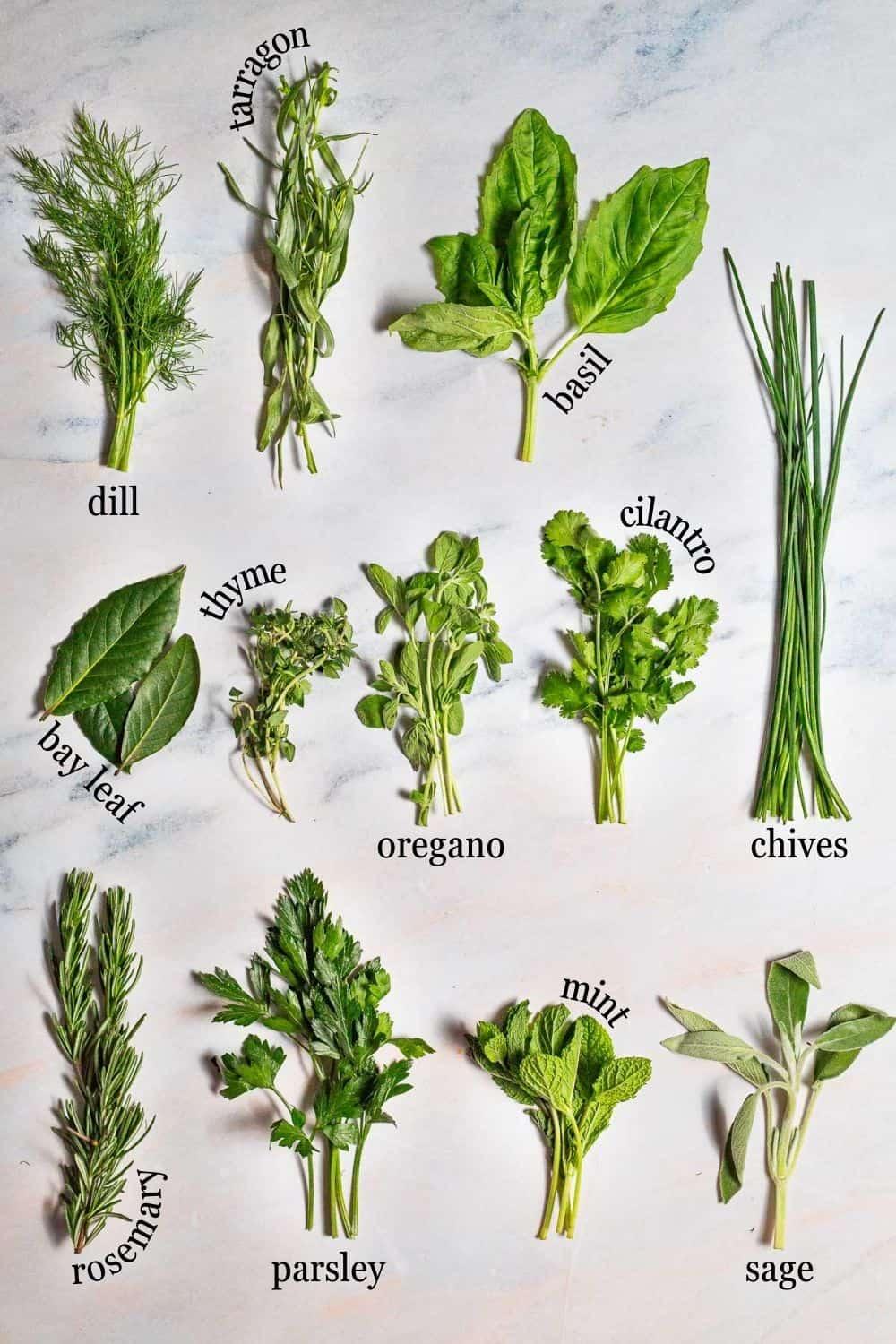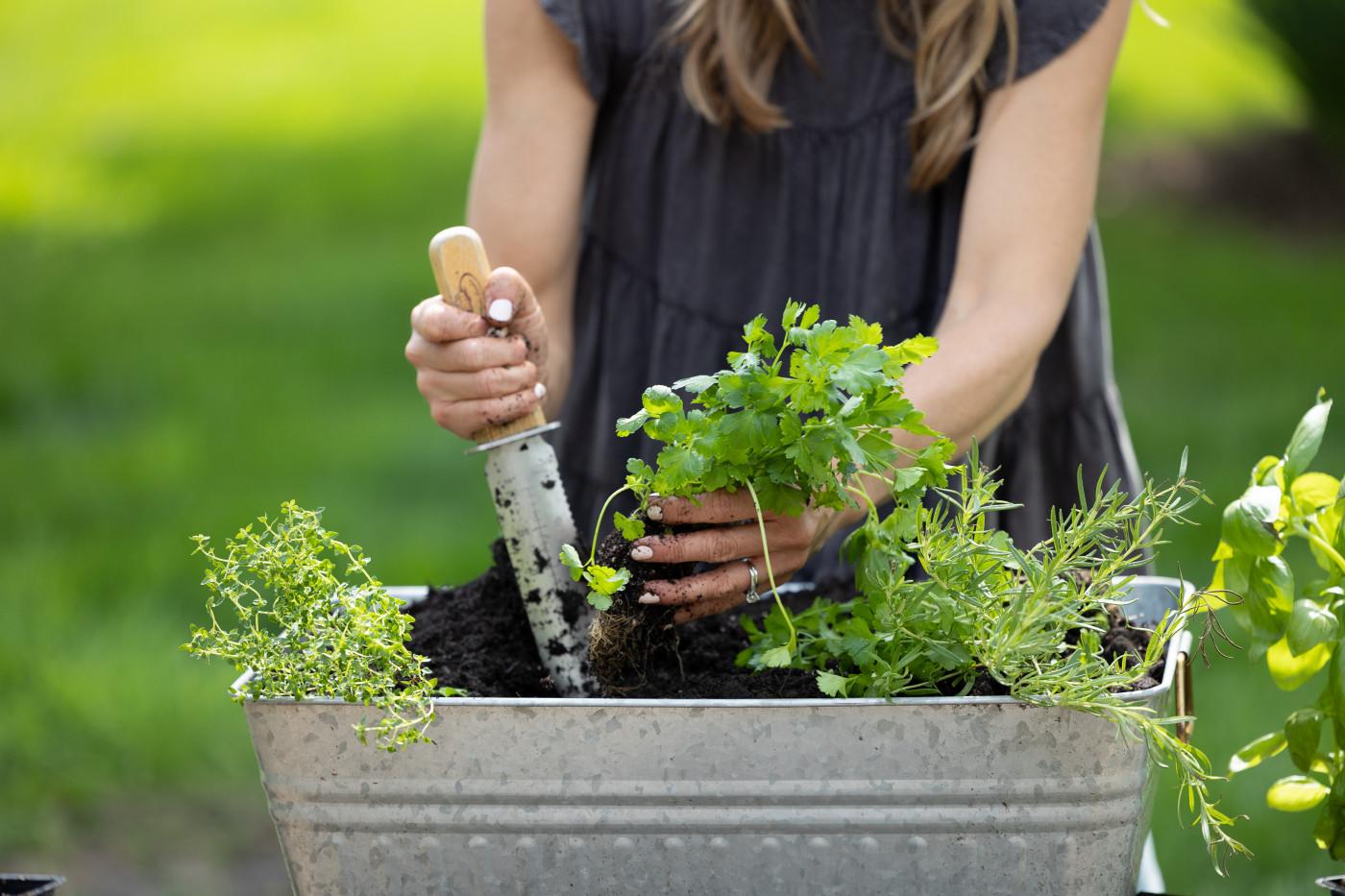Creating a kitchen herb garden not only enhances your cooking but also brings the joys of gardening into your home. Imagine stepping outside your door and plucking fresh basil, rosemary, or mint, right when you need it. This step-by-step guide aims to equip you with the knowledge and tools necessary to cultivate a thriving herb garden, whether you have a sprawling backyard or a modest windowsill. We will cover everything from selecting the right herbs and preparing the soil to tips on watering, harvesting, and overcoming common challenges. With a little patience and care, you can transform your culinary experience and enjoy the fresh, vibrant flavors that only homegrown herbs can provide. Join us as we embark on this rewarding journey to grow your own kitchen garden!
Table of Contents
- Choosing the Right Herbs for Your Kitchen Garden
- Preparing the Ideal Soil and Containers for Herb Growth
- Essential Care and Maintenance Techniques for Healthy Herbs
- Harvesting and Storing Fresh Herbs for Maximum Flavor
- In Summary
Choosing the Right Herbs for Your Kitchen Garden

When selecting herbs for your kitchen garden, consider flavor profiles and growing conditions. Some herbs thrive in full sun, while others prefer partial shade, so it’s essential to assess your garden’s environment. Among the most popular options are:
- Basil – Ideal for Mediterranean dishes, growth demands full sun and regular watering.
- Parsley – A versatile herb that can tolerate varying light and is perfect for garnishing.
- Thyme – Drought-resistant and fragrant, it’s excellent for seasoning meats and vegetables.
- Mint - Perfect for both culinary and herbal teas, it spreads easily, needing some containment.
Additionally, consider the culinary uses and growth habits of each herb. For example, perennial herbs like rosemary and oregano will return season after season, making them a reliable choice. Conversely, annual herbs such as cilantro and dill need replanting each year. Below is a table summarizing the characteristics of some common kitchen herbs:
| Herb | Sun Requirement | Flavor Note |
|---|---|---|
| Basil | Full Sun | Sweet, Peppery |
| Parsley | Partial Shade | Fresh, Mild |
| Thyme | Full Sun | Earthy, Savory |
| Mint | Partial Shade | Cool, Refreshing |
Preparing the Ideal Soil and Containers for Herb Growth

To create a thriving herb garden, start by selecting the right soil that caters to the specific needs of your plants. A well-draining potting mix is essential, as it prevents the roots from becoming waterlogged, which can lead to root rot. Consider using a blend that includes peat moss, perlite, and compost to ensure that your herbs receive both aeration and nutrients. Soil pH is also crucial; most herbs prefer a pH range of 6.0 to 7.0, so you may want to test your soil and adjust accordingly with lime or sulfur as needed.
Choosing the right containers is equally significant for the success of your herb garden. Opt for pots that provide ample drainage to avoid excess moisture buildup. The ideal containers should be at least 6 to 12 inches deep to allow sufficient root growth. Look for options made from terracotta, ceramic, or plastic, each offering unique benefits. When selecting pots, consider the following:
- Size: Ensure your pots are appropriately sized for the herbs you wish to grow.
- Material: Lightweight materials like plastic are easier to move, while terracotta is breathable.
- Drainage holes: This is non-negotiable; pots without drainage can harm the plants.
Essential Care and Maintenance Techniques for Healthy Herbs
To ensure your kitchen herb garden thrives, it’s essential to implement a series of care and maintenance techniques that promote growth and prevent disease. Start by regularly watering your herbs, allowing the soil to dry out between waterings to prevent root rot. Additionally, consider fertilizing your herbs every month during the growing season with a balanced, water-soluble fertilizer to provide necessary nutrients. Other important tasks include pruning, which encourages bushier growth and helps to prevent flowering that can impact the flavor. Remember to use clean, sharp tools to minimize damage to the plants.
Monitoring your herbs for any signs of pests or diseases is crucial for maintaining their health. Look for common pests such as aphids, spider mites, and whiteflies, and treat infestations promptly using organic methods like insecticidal soap or neem oil. Creating a companion planting scheme can also help ward off pests naturally. Additionally, providing adequate sunlight is vital; most herbs require at least 6-8 hours a day, so ensure they’re in a well-lit area. Here’s a quick guide to optimal sunlight needs:
| Herb | Sunlight Requirement |
|---|---|
| Basil | Full sun (6-8 hours) |
| Parsley | Partial sun (4-6 hours) |
| Mint | Partial shade (4-6 hours) |
| Thyme | Full sun (6-8 hours) |
Harvesting and Storing Fresh Herbs for Maximum Flavor
When it comes to enhancing the flavor of your culinary creations, the way you harvest and store your fresh herbs plays a pivotal role. To ensure a robust taste, it’s essential to select the right time for harvesting. The best moment is just before the herbs start to flower, as this is when the oils that contain their flavor compounds are at their peak. Gently pinch or snip off the stems, taking only what you need for your immediate use. Try to harvest early in the morning after the dew has dried, as this time ensures that the essential oils are concentrated, resulting in a more flavorful herb.
Storing your freshly picked herbs properly can prolong their flavor and freshness. Here are some effective methods for storage:
- Refrigeration: Wrap herbs in a damp paper towel and place them in a sealed plastic bag in the fridge.
- Freezing: Chop herbs and mix them with a little olive oil, then fill ice cube trays. Freeze and use as needed.
- Drying: Tie herb stems together and hang them upside down in a dark, dry place to air dry.
In terms of the best herbs for freezing or drying, here’s a quick table to guide your choice:
| Herb | Best Use |
|---|---|
| Basil | Freezing |
| Thyme | Drying |
| Cilantro | Freezing |
In Summary
cultivating your own kitchen herb garden is not only an enriching experience but also a gratifying way to bring fresh, vibrant flavors to your culinary creations. By following the steps outlined in this guide—from selecting the right herbs and preparing the soil, to proper planting, care, and harvesting—you can effortlessly transform any small space into a lush green haven brimming with aromatic possibilities.
As you nurture your plants, you’ll gain a deeper understanding of their growth cycles and the rewarding connection between nature and nourishment. With a little patience and consistency, your kitchen herb garden will flourish, providing you with an abundant supply of herbs right at your fingertips. Whether you’re a seasoned gardener or a novice, embarking on this journey will not only enhance your cooking but also promote sustainability and mindfulness in your everyday life. Embrace the joy of gardening and enjoy the satisfaction of cultivating your own fresh herbs—a small step toward greater culinary delight and a healthier lifestyle. Happy gardening!


